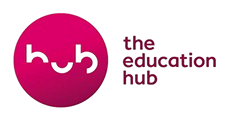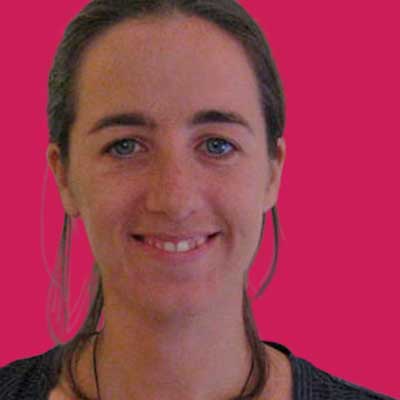Writing strategic documents is an important role for the leader of an organisation linked to the key task of providing direction, structure, and support for people to meet the goals of the organisation. Mission and vision help determine those goals. Mission can be thought of as the broad purpose of an organisation, while vision is the ‘big picture’ of what it would look like if the mission is achieved. This means that if, for example, a setting’s mission is to provide ‘quality’ early childhood education and care to the local community, then vision involves defining exactly what ‘quality’ early childhood education means.
Strategic documents need to be framed by mission and vision as overall, long-term aims for the early childhood setting. Strategy is a theory or logic of action rather than a list of action points (this is what will lead to success for achieving our mission and vision). Goals and strategic directions might be encapsulated in key principles for practice, rather than in specific action steps, which enables settings to respond flexibly to their context and emerging opportunities and strengths over time.
Aim to focus strategic documents on clear and memorable statements of mission and vision, and think of them as a tool to review progress and make new plans for action regularly. Two examples of what a strategic document might look like follow. These are short documents (one page or less) that can be used to guide everyday decision-making and action-planning. Team meetings are the place to develop the short-term action planning (lists of ‘to do’s) that follow from documented strategies and goals (enabling action points to be responsive to ongoing. Keeping these documents prominent and referring to them in regular meetings can support the everyday actions that lead to achieving goals in the long term.
Example 1
Our mission:
Developing a love of learning and discovery in a community of trust and respect
Our vision:
The early childhood setting will become a trusted place where children, families, and community members can engage in meaningful dialogue and learn together
Our strategies:
- Our setting’s Professional Learning Community (PLC) supports us to engage in professional learning about sustained shared thinking
- The visual arts can be used to expand conversations around inquiry
- Effective documentation processes support inquiry
- Whānau are an important source of information and possibilities to guide inquiry
Goals might include:
- In 3 months, our PLC will be established and meeting monthly with a focus on documentation and planning for inquiry
- In 6 months, our PLC will have agreed processes for documenting and planning inquiries
- In 9 months, the PLC will have consulted with whānau and established some agreed processes for collaborating with whānau
- In 12 months, teachers and children will have established inquiry projects that span a range of learning outcomes across the curriculum and which lead to increased levels of sustained shared thinking
- In 3 years, the early childhood setting will have developed a range of opportunities and forums that are utilised and appreciated by parents and community members for learning about children and their learning, and for dialogue and shared decision-making about curricular directions
Example 2
Our values
We will be a place of
- Equity: Fair and just opportunities for all children and their whānau
- Community: People and children are part of a community of shared values, and are connected with the wider community
We will work by . . .
- Enhancing the mana of every individual: We enable everyone to participate and contribute
- Building relationships and engaging the community: We take time to get to know our children and families
- Collaborating: We work in partnership with children and families
The principles that will guide us are:
- Learning together: We share our understandings to create knowledge together
Teachers are alert to the possibilities for group inquiry
The visual arts enable children to express a range of understandings
Teachers document learning and inquiry in ways that promote and deepen group understanding
- Community engagement: We are part of our wider community
Children are visible in the wider community
Community places and people are used as a resource for children’s inquiries
Adapted from Bryson, J. M. (2018). Strategic planning for public and nonprofit organizations: A guide to strengthening and sustaining organizational achievement. http://ebookcentral.proquest.com/lib/auckland/detail.action?docID=5215307


